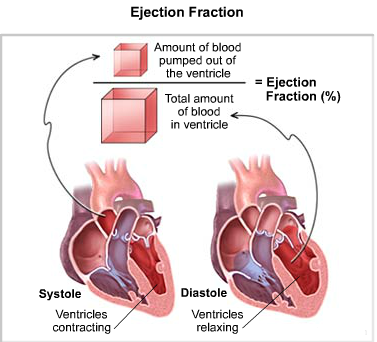For this month’s Current Concept feature, we would like to explain a term from cardiology that is likely to become more prominent:
“Heart failure with preserved ejection fraction†(abbreviated as HFpEF and pronounced “heff-peffâ€).
Javed Butler, MD, an Emory expert on heart failure and deputy chief science officer for the American Heart Association, laid out in a recent seminar why this category of patients is so important. Look for more from him on this topic in the future.
Three points:
- The number of HFpEF patients is growing and they now make up the majority of patients with heart failure in the United States.
- No treatments have been proven to benefit them, in terms of reducing mortality.* In clinical studies, medications such as ACE inhibitors, angiotensin receptor blockers and beta-blockers have not helped.
- Once hospitalized, HFpEF patients have a high rate of readmission to the hospital within 30 days. The federal Medicare program is penalizing hospitals that have high rates of readmissions and heart failure is one of the largest contributors to readmissions.
The symptoms that drive people with HFpEF to the hospital are mainly fatigue and dyspnea, or shortness of breath, along with fluid in the lungs and swelling of the limbs. Along with heart failure, HFpEF patients often have conditions such as hypertension, anemia, diabetes, kidney disease or sleep apnea.
Broadly speaking, there are two routes to heart failure. Someone can have a heart attack that deprives the heart muscle of blood, leading to lasting injury and a compromise of the Ray Ban outlet mechanical ability of the heart to pump. This reduces ejection fraction: a measurement of how much blood the left ventricle of the heart squeezes out when it pumps. Ejection fraction is usually measured by echocardiography.

Normal ejection fraction = 55 to 70 percent
HFpEF = experiencing symptoms but with ejection fraction higher than 50
Heart failure with reduced ejection fraction (HFrEF) = less than 40 percent In between is “borderline”
The second route doesn’t as often involve a catastrophic event, but is instead a gradual deterioration of the heart’s ability to relax and pump effectively, driven by conditions such as hypertension and kidney disease. Patients who arrive at heart failure by this route comprise the HFpEF group.
Butler reported that several medications are in the clinical trial pipeline for HFpEF; some focus on the molecule cyclic GMP. Separately from new drugs, programs that coordinate support for discharged patients and enlist family to help them can reduce readmissions.
*There is some debate about whether mortality (as opposed to mobility or independence) should be the only end-point since many HFpEF patients are elderly and may die from other condtions.

